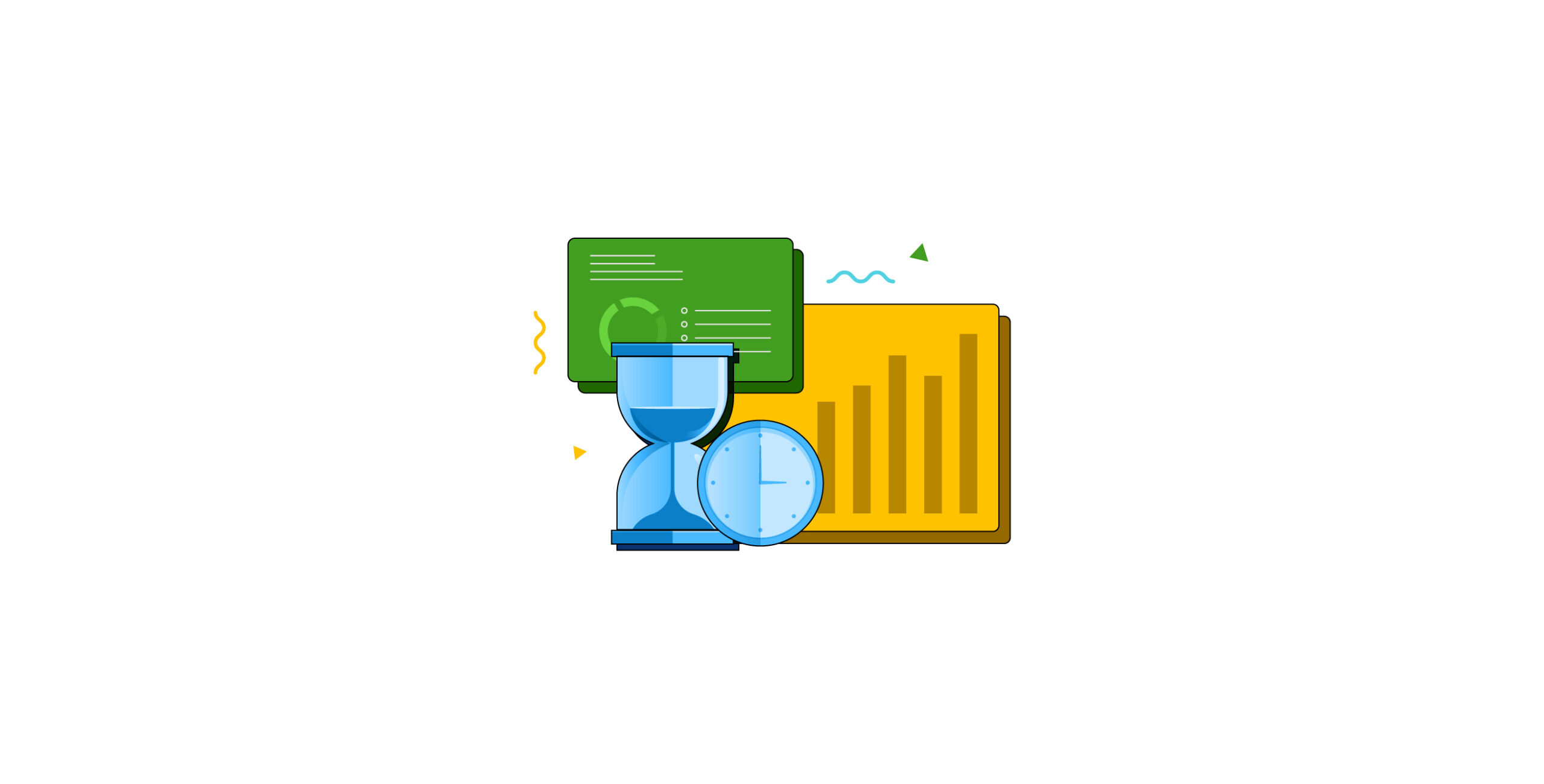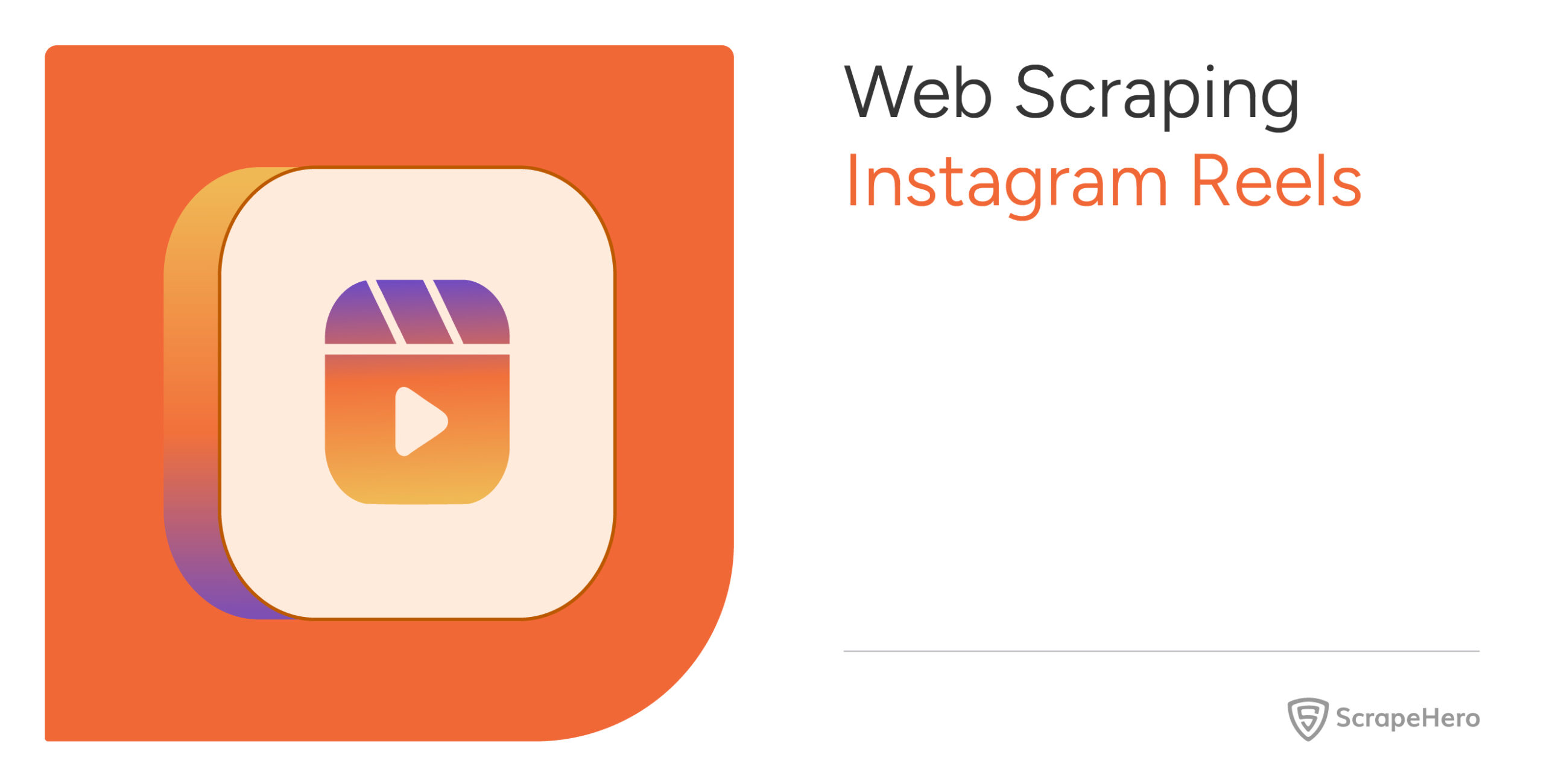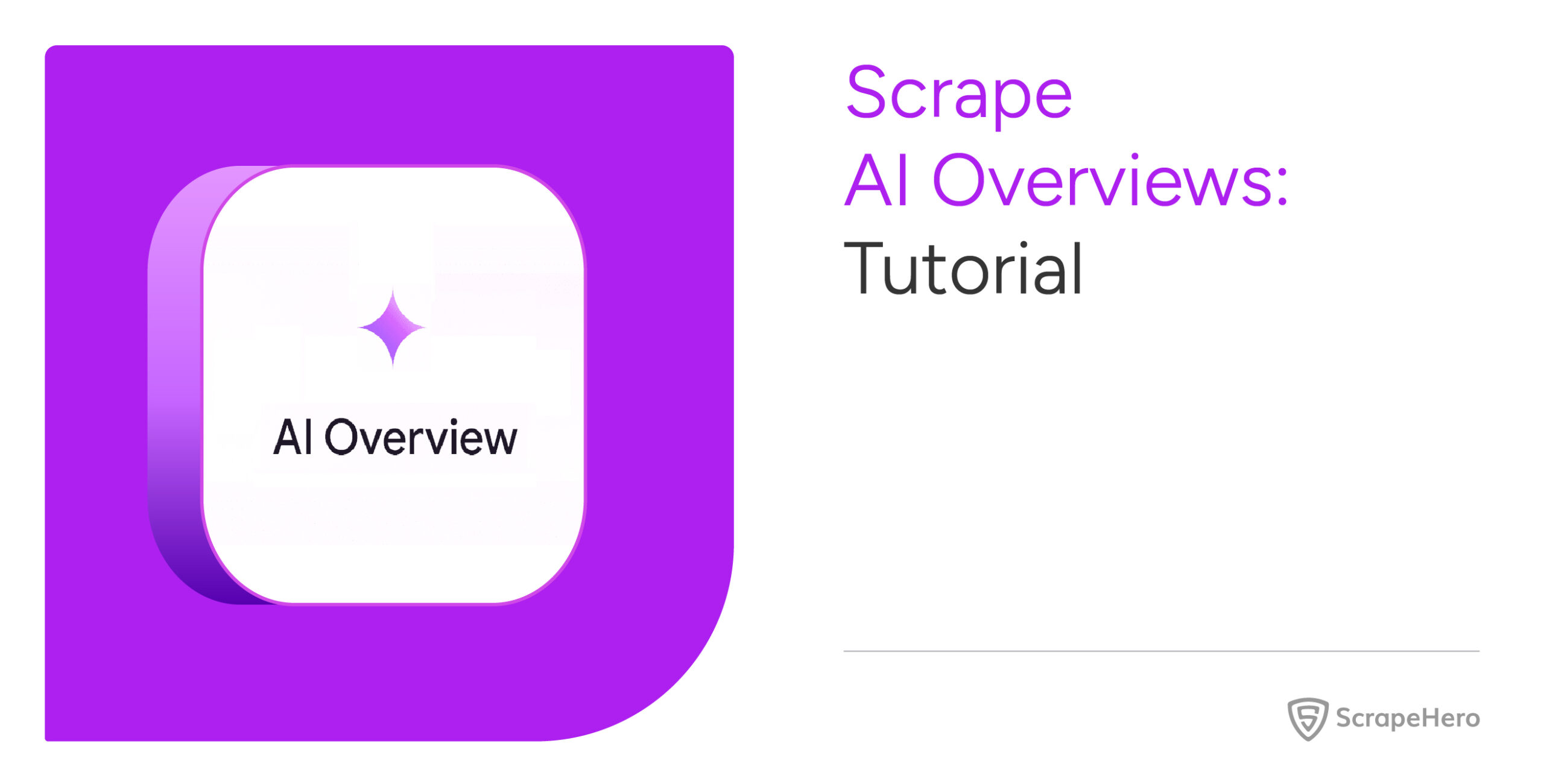The ability to access and analyze real-time data has become crucial for businesses. Real-time data scraping extracts information from websites as they are updated, enabling you to make informed decisions based on the current information.
However, real-time data extraction can be quite challenging because of its dynamic nature. This article aims to teach you how to scrape real-time data effectively using Python.
Real-Time Data Scraping with Python
Real-time data scraping involves repeatedly scraping a website at a high frequency, allowing you to gather updated data with minimal delay.
However, since websites display real-time data using JavaScript, you require browser automation libraries capable of executing JavaScript.
Here are the steps to scrape data in real time using the browser automation library, Selenium:
1. Identify Data Sources
The first step is to identify the target websites:
- Relevance: Choose websites that have data relevant to your project
- Update Frequency: Look for sites that update their content frequently.
- Accessibility: Check the target website’s scraping restrictions
This tutorial shows you how to scrape data from worldometers.info, a website that provides real-time statistics.
2. Set Up Your Scraper
The next step is to write the code to scrape. Here’s how to write a Python script to scrape data from worldometers.info using Selenium Python.
- Install Selenium and Pandas
Selenium is used to extract real-time data, and Pandas to manipulate and save it.
pip install selenium- Import WebDriver and By from Selenium, Pandas, and datetime
# the webdriver module lets you control the browser
from selenium import webdriver
# the By module lets you specify how to locate elements (by class or tag)
from selenium.webdriver.common.by import By
# pandas lets you manipulate the extracted data and datetime lets you handle date and time
# related tasks
import pandas, datetime- Create a ChromeOptions object
The ChromeOptions() object allows you to add the headless argument to launch the Selenium browser in headless mode (without GUI).
options = webdriver.ChromeOptions()
options.add_argument("--headless")- Launch the Selenium browser with the options defined above
browser = webdriver.Chrome(options=options)- Navigate to ‘https://worldometers.info’
browser.get('https://worldometers.info')- Find all the elements with the class name ‘counter-group’
elements = browser.find_elements(By.CLASS_NAME,'counter-group')- Extract the counter name and the value from each element
data = [{'Counter':element.text.split('\n')[1],'Count':element.text.split('\n')[0]} for element in elements]- Create a Pandas DataFrame using the extracted data
df = pandas.DataFrame(data)- Save the extracted data to a JSON file
df.to_json(f'Latest.json',orient="records",indent=4)If you want to track the changes in the dataset, you need to store the data obtained in all the executions. You can use a CSV format for that.
- Format the dataset so that the scraper stores the extracted data as a single row after each execution.
# transpose the DataFrame to get keys and values as rows
newDf = df.transpose()
# Use the items of the first row for column names and delete the first row
newDf.columns = newDf.iloc[0]
newDf = newDf[1:]
# add a timestamp in a new column
now = datetime.datetime.now().timestamp()
newDf.insert(0,'Time_Stamp',now)- Handle various scenarios, including first-time execution and mismatched columns.
# try reading and updating the existing dataset
try:
oldDf = pandas.read_csv('worldometers.csv')
# Check if the columns of the existing dataset are identical to that of the extracted one. If they are identical, update the existing CSV file; otherwise, create a new CSV file.
if set(oldDf.columns) == set(newDf.columns):
oldDf = oldDf._append(newDf, ignore_index=True)
oldDf.to_csv("worldometers).csv", index=False)
else:
oldDf.to_csv(f'worldometers_old_{now}.csv', index=False)
newDf.to_csv("worldometers.csv", index=False)
# If no CSV file exists create it
except FileNotFoundError:
newDf.to_csv(f'worldometers.csv', index=False)
except Exception as e:
print(e)3. Automate the Scraper
Finally, you need to execute the scraper. There are various methods to to do that; Here are a few of them:
-
- Using Windows Task Scheduler: You can use the task scheduler that comes with Windows. Read this article on How to Build a Price Tracker to learn how to use a task scheduler.
- Using Apache Airflow: It’s an automation platform you can use for any workflow, including web scraping real-time data. Learn all about automation using Apache Airflow in this article on building a scraping pipeline using Airflow.
- Using Cloud Services: You can use a cloud service, like AWS or Azure, to run your Python script continuously.
Best Practices for Effective Real-Time Scraping
For efficient and accurate web scraping, follow these best practices:
1. Throttling Requests: By managing the frequency of your requests, you can avoid overwhelming the target server and getting blocked:
- Set delays between requests to avoid overwhelming the server
- Randomize the request intervals to mimic human behavior
- Limiting the concurrent requests to avoid too much load on the server
2. Error Handling: Implementing error handling mechanisms can avoid unexpected issues and ease debugging:
-
- Set-up retires if the request fails.
- Maintain logs of errors encountered during scraping.
- Have fallback strategies to use if your primary strategy fails.
3. Data Quality Assurance: Ensuring data quality and accuracy is crucial for effective analysis:
-
- Validate scraped data to ensure it meets the expected formats and values
- Remove duplicate data to maintain its integrity
- Monitor the scraping results and update the logic to overcome structural changes in websites.
Challenges in Real-Time Data Scraping
Understanding challenges in real-time data is crucial for developing strategies to overcome them:
1. Technical Challenges
Real-time scraping involves navigating a range of technical hurdles that can complicate the data extraction process:
- Real-time data-provider websites use JavaScript to load content, requiring you to use automated browsers, which are more resource-intensive.
- Websites often try to detect and block bots using various anti-scraping mechanisms, including CAPTCHAs, which require techniques like proxy rotation and CAPTCHA solvers.
- Changes in a website’s HTML structure may require you to update your scraping logic to avoid failure.
2. Legal Considerations
Legality of web scraping depends on local laws; however,
- Ensure you don’t scrape data that is protected by copyright laws.
- Avoid scraping private information without consent.
3. Ethical Considerations
You also need to consider implementing ethical scraping practices:
- Ensure your web scraping project does not overwhelm the target server by implementing techniques like request delays.
- Consider being transparent about your web scraping activities with the website owner.
Implementing these measures while building your scraper will increase the likelihood of success.
Why Use a Web Scraping Service?
The technique discussed in this article can help you gather real-time data. However, you need to overcome the challenges yourself, including anti-scraping measures and HTML structure changes.
But you don’t need to do the scraping yourself: use a web scraping service.
A web scraping service, like ScrapeHero, can take care of all the challenges and legal issues that come with web scraping. We can manage the anti-scraping measures and have the infrastructure to handle dynamic content smoothly.
ScrapeHero is a fully managed web scraping service capable of building enterprise-grade web scrapers and crawlers. Contact ScrapeHero to get real-time data without hassle.
We can help with your data or automation needs
Turn the Internet into meaningful, structured and usable data








